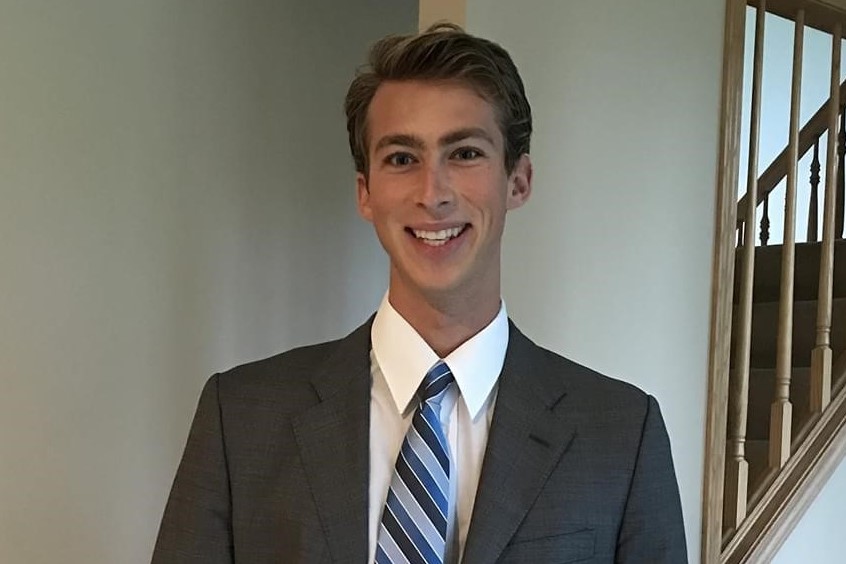
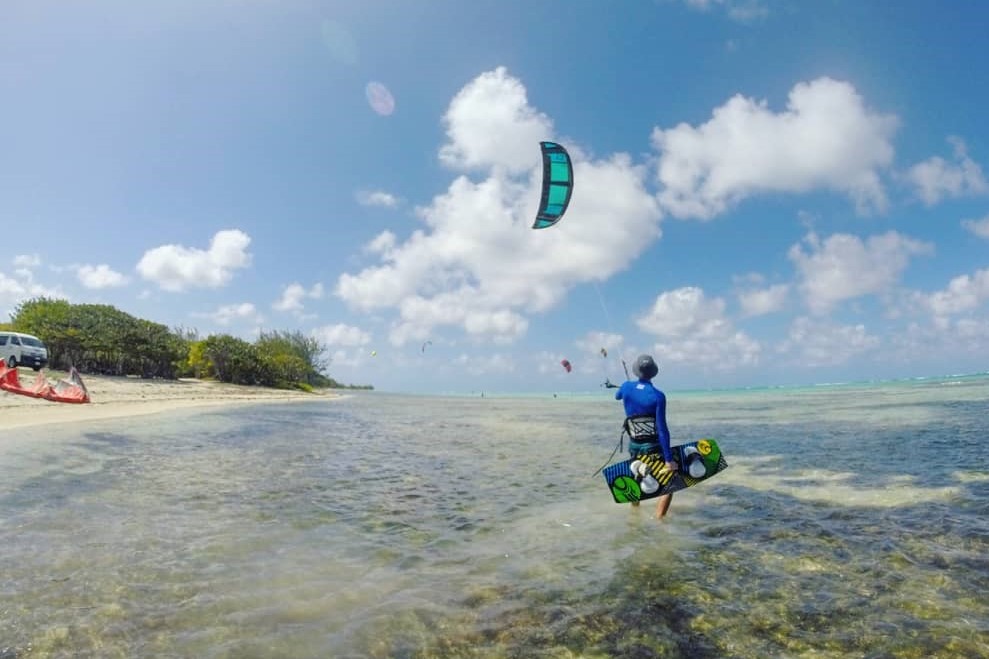
Michael Beckinghausen
Graduate Student in Chemical Engineering
Contact: mbecking@stanford.edu
Bio:
Michael grew up outside of Buffalo, NY, where he completed his undergrad in chemical engineering at The University at Buffalo. During his time as a Boy Scout, he developed a love for the outdoors and spends his free time hiking and playing sports with his friends. If it is windy, you can probably find him kiteboarding in the bay or learning how to surf in the ocean. He has a youtube channel where he uploads his own edited videos of his kite trips with his friends. Michael is also active in GSAC where he sits as the current social chair for the chemical engineering department.
Current Research:
Water scarcity is one of the most urgent global environmental challenges effecting two-thirds of the world population each year. As the current population grows and water scarcity is projected to worsen, water purification will serve a vital role in addressing those concerns. Michael is focusing on taking a theoretic modelling approach to designing membrane materials for water purification. His work aims to develop fundamental insight into the rational design of these materials and predict the performance of membrane designs.
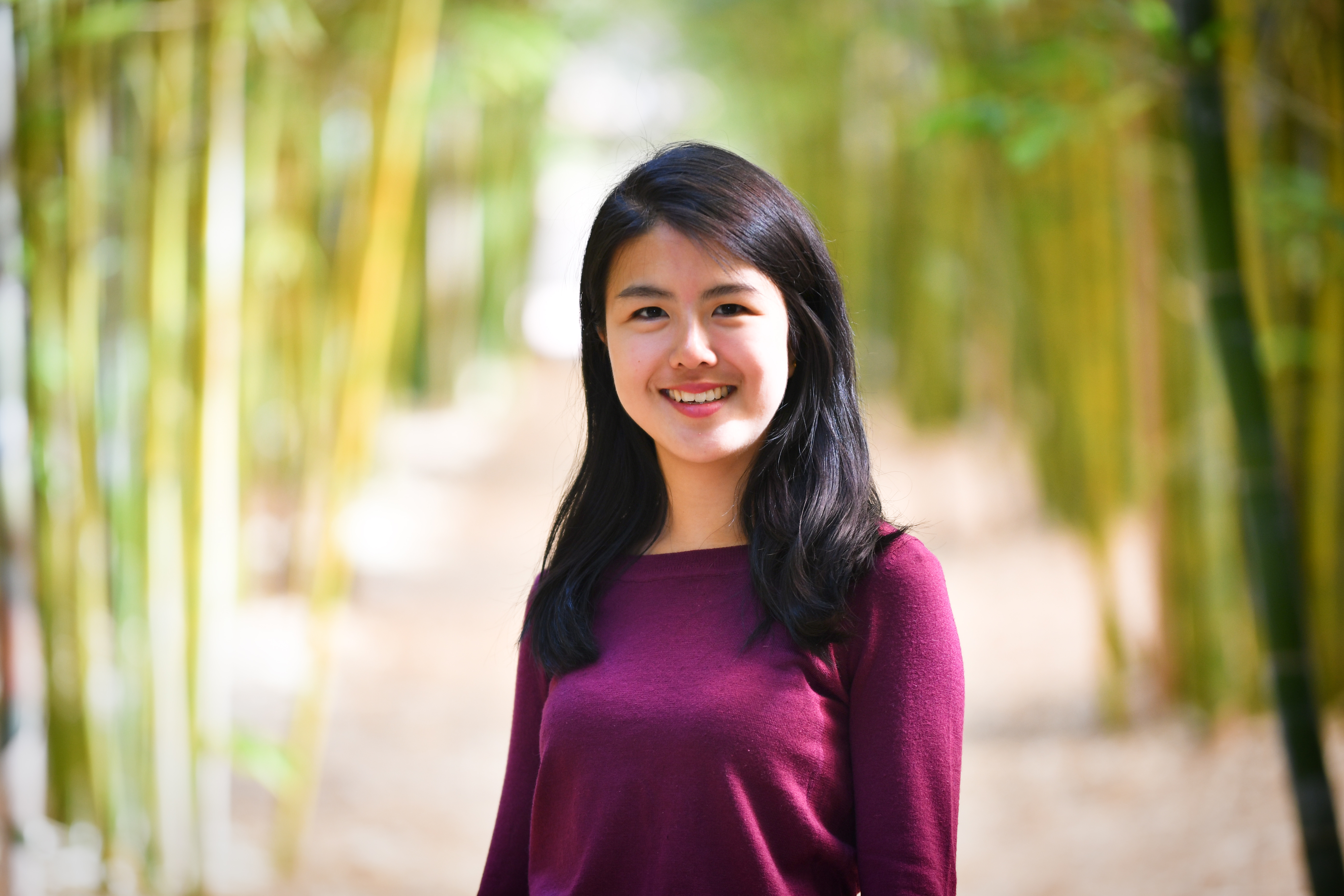
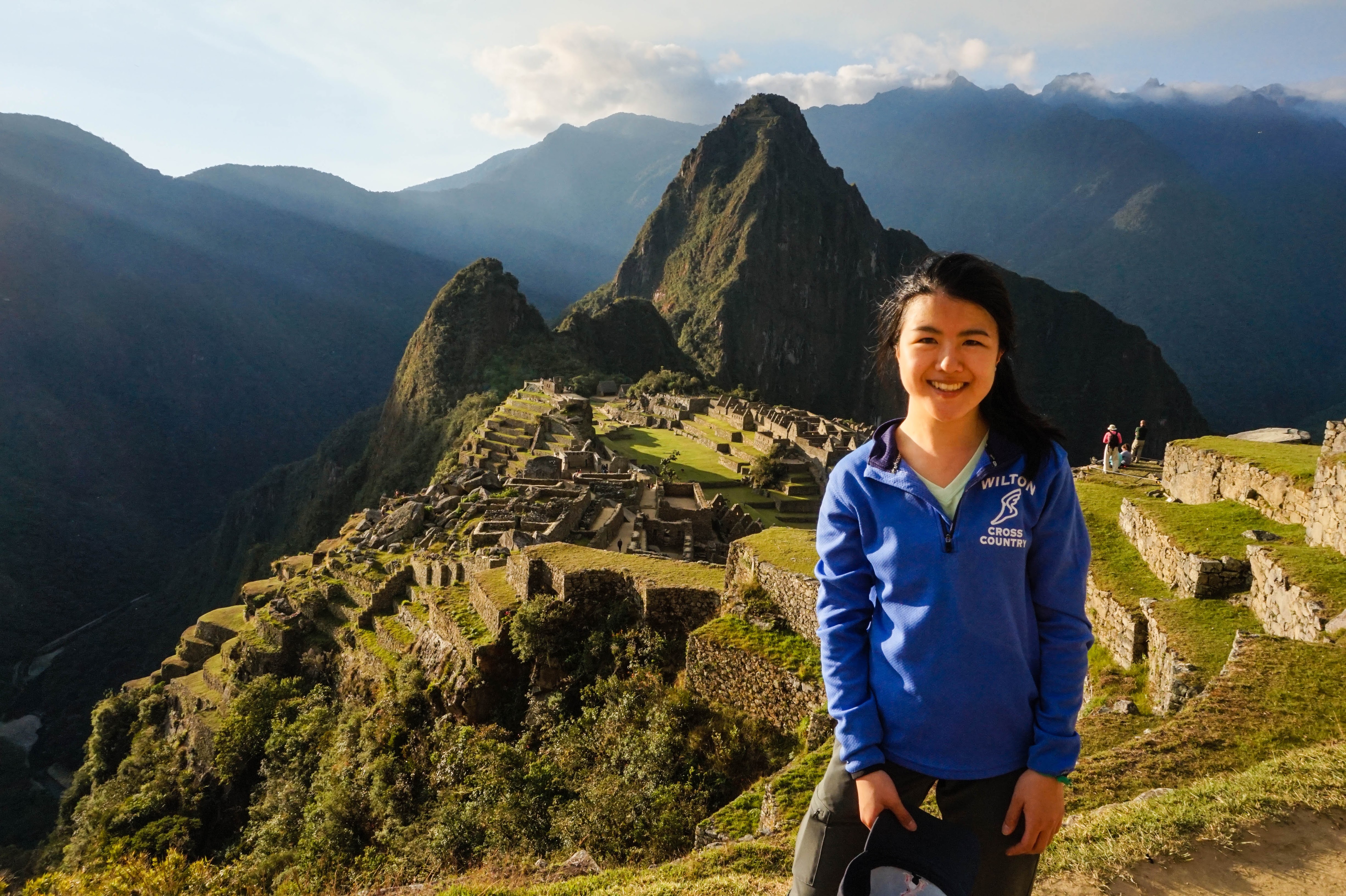
Pam Cai
Graduate Student in Chemical Engineering
Contact: pamcai@stanford.edu
Bio:
Pam hails from a small town in Connecticut, received her undergraduate education at MIT, and, after a strange but wonderful detour in the world of Wall Street, is now a PhD student in chemical engineering here at Stanford. Outside of research, Pam volunteers with Stanford's Future Advancers of Science and Technology, introducing low-income and first-generation high school students to the joys of science and engineering and working with them to do research that is presented at regional science fairs. She also enjoys many hobbies, including playing violin and piano, cooking and baking, running and hiking, and traveling around the world. For example, she traveled to Peru to hike the Inca Trail that ends at Machu Picchu!
Current research:
For many respiratory diseases such as cystic fibrosis, the fluid in the lungs can build up and cause problems for air intake. This fluid is composed of biopolymers such as mucins, DNA, polysaccharides, and proteins. Pam is developing theoretical polymer dynamics models and leveraging experimental microrheology techniques to characterize the role of these biopolymers and predict their behavior due to various treatments. Her work aims to reveal the fundamental biophysics in sputum (expectorated mucus) and inspire more effective treatment strategies for patients with respiratory diseases.
Publications:
P. C. Cai, B. Su, L. Zou, M. J. Webber, S. C. Heilshorn, A. J. Spakowitz. "Rheological Characterization and Theoretical Modeling Establish Molecular Design Rules for Tailored Dynamically Associating Polymers," ACS Central Science (2022).
P. C. Cai, B. A. Krajina, M. J. Kratochvil, L. Zou, A. Zhu, E. B. Burgener, P. L. Bollyky, C. E. Milla, M. J. Webber, A. J. Spakowitz, and S. C. Heilshorn. "Dynamic light scattering microrheology for soft and living materials," Soft Matter 17, 1929-1939 (2021).
P. C. Cai, B. A. Krajina, A. J. Spakowitz. "Brachiation of a polymer chain in the presence of a dynamic network," Rapid Communication in Physical Review E 102, 020501(R) (2020).
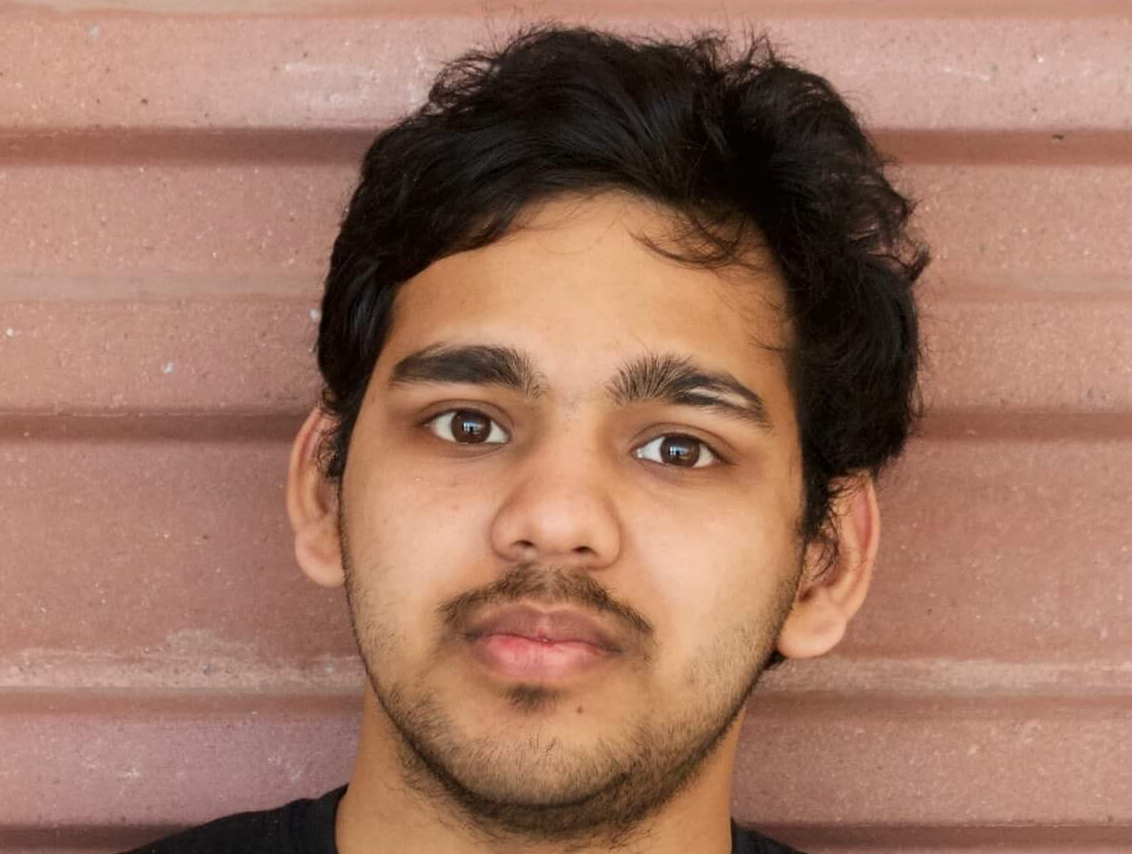
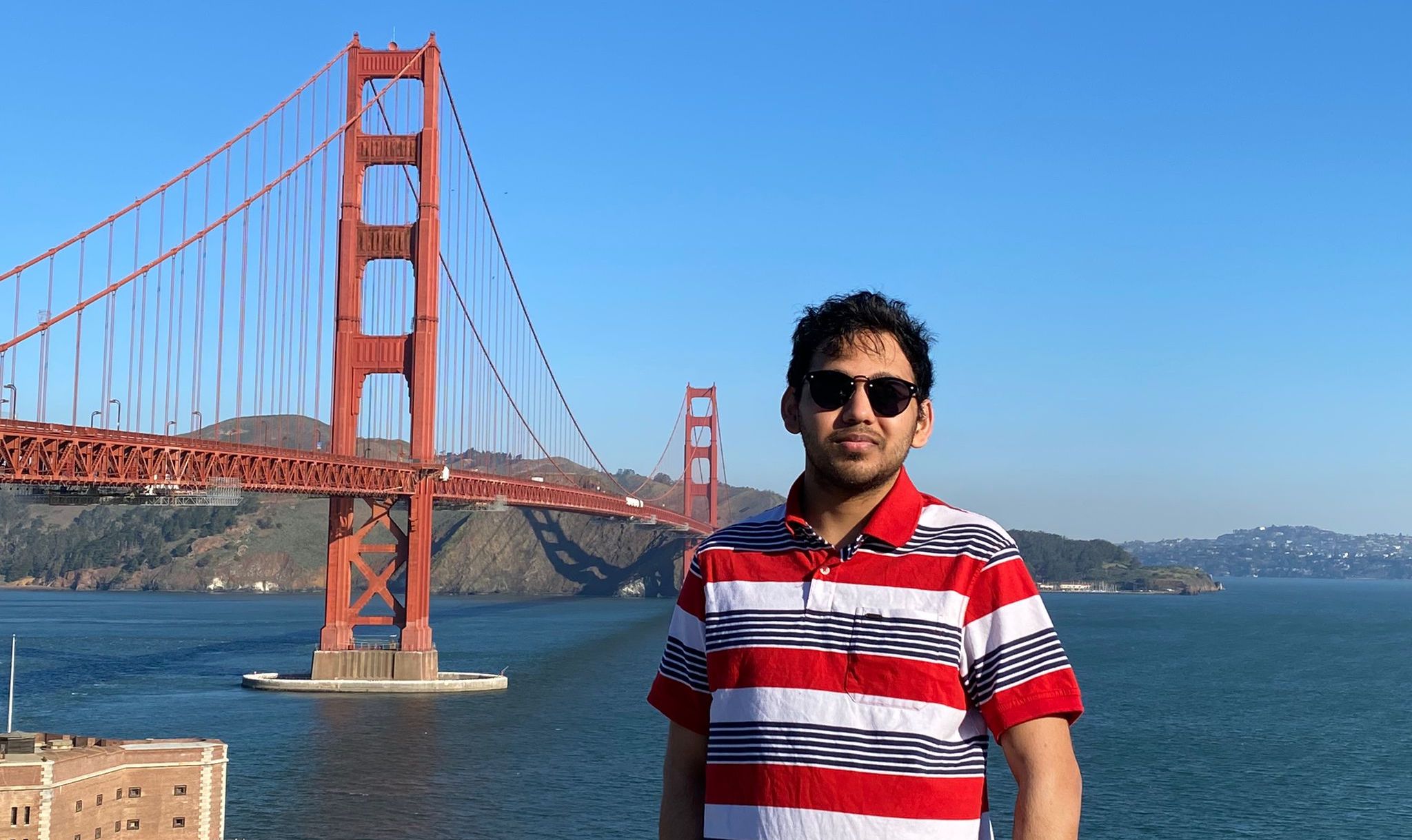
Sayantan Dutta
Postdoctoral Scholar
Contact: sayantan@stanford.edu
Bio:
Sayantan grew up in Bankura, a small town in West Bengal, India. After finishing his B.Tech in chemical engineering from IIT Kharagpur in 2017, he started his graduate school at Princeton University. In his PhD, he worked in the group of Prof. Stanislav Shvartsman building data-driven biophysical models of fruit fly development collaborating closely with the groups of Prof. Salvatore Torquato and Prof. Michael Shelley. His broad research interest is in the interface of soft matter physics and biophysical modeling. Outside science, he enjoys watching movies, reading fiction and non-fiction, and cooking.
Current research:
Sayantan is currently working on quantifying dynamics of polymer structure due to Brownian fluctuations using theoretical analysis and computational models. The long-term goal of the study is to utilize the developed framework in reconstructing 3D architecture of chromatin from live microscopy.
Publications: Sayantan's publications are listed here .
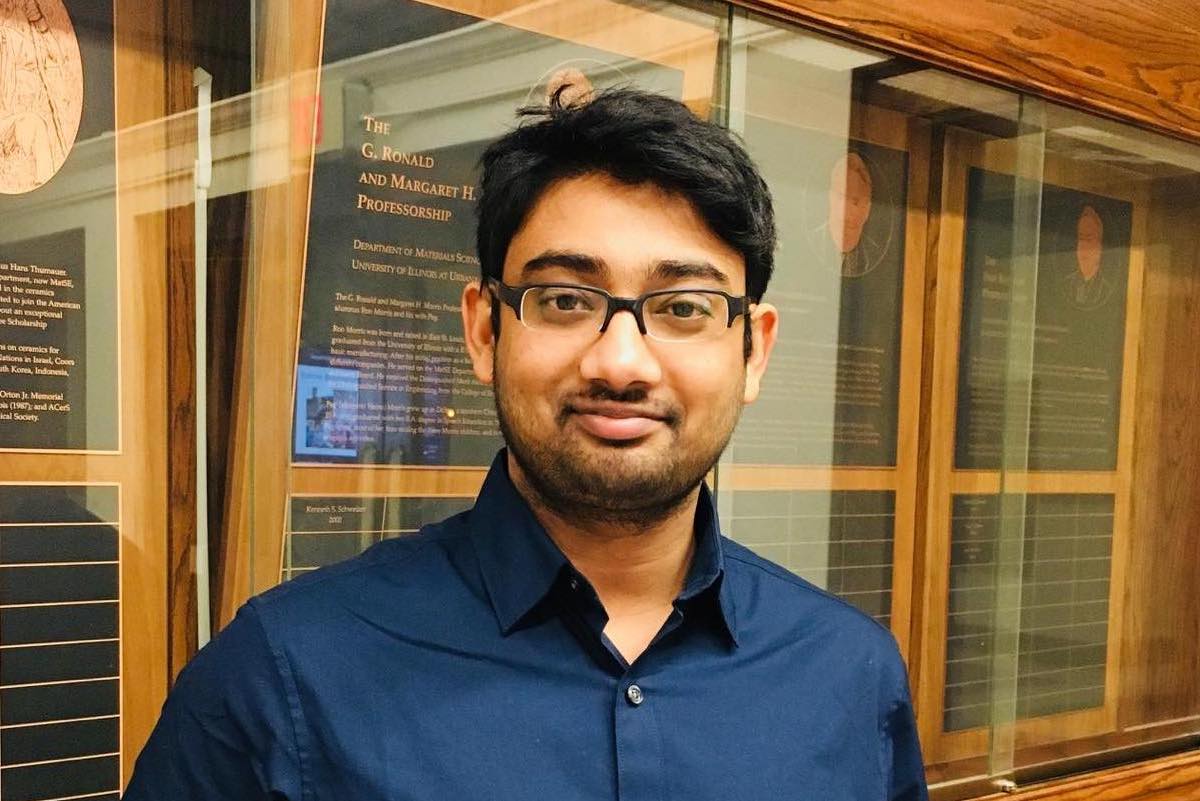
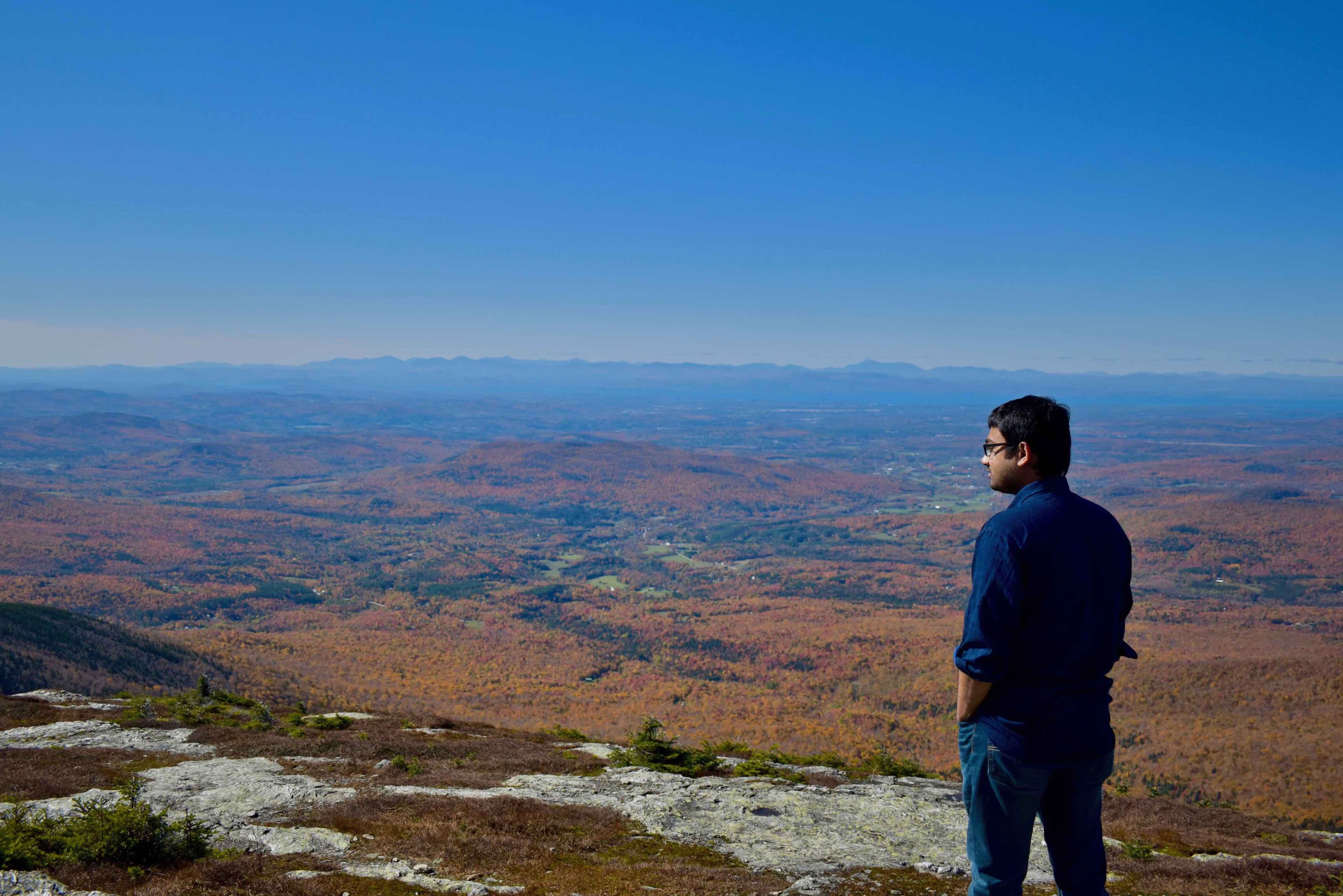
Ashesh Ghosh
Postdoctoral Scholar
Contact: asheshg@stanford.edu
Bio:
Ashesh is from Kolkata, India and completed his PhD from University of Illinois at Urbana-Champaign (UIUC) under the tutelage of Kenneth S. Schweizer. His primary research focus included soft condensed matter, non-equilibrium statistical mechanics, and understanding aspects of slow dynamics and rheology in glassy and polymer systems. Before UIUC, Ashesh completed his MS from the Indian Institute of Technology Bombay with a research focus on relativistic quantum chemistry. Outside of research, Ashesh likes hiking, reading novels, and cooking.
Publications:
Visit Ashesh’s Personal Website
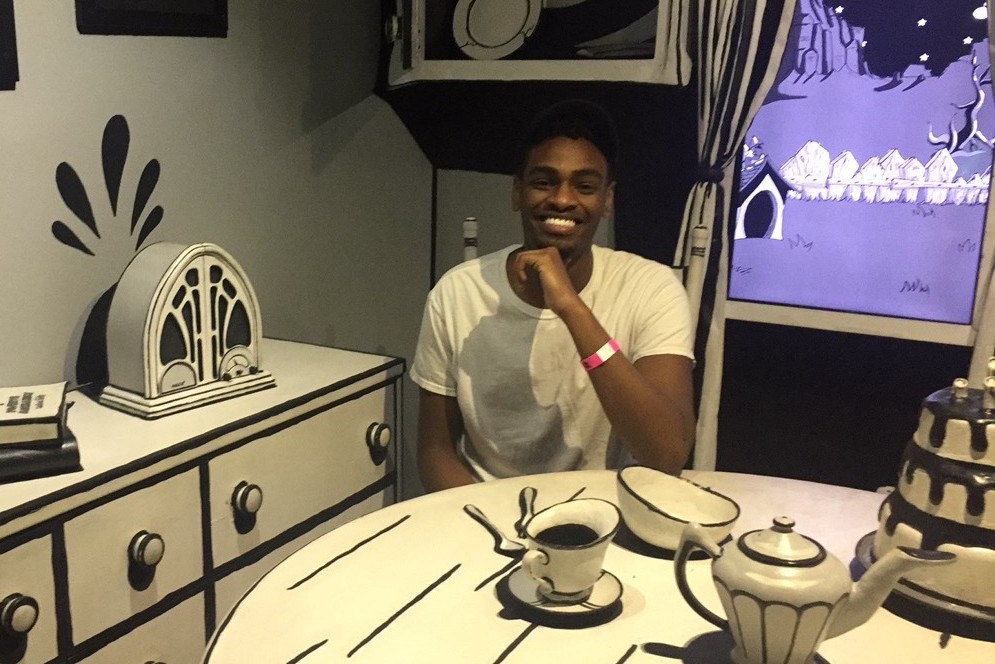
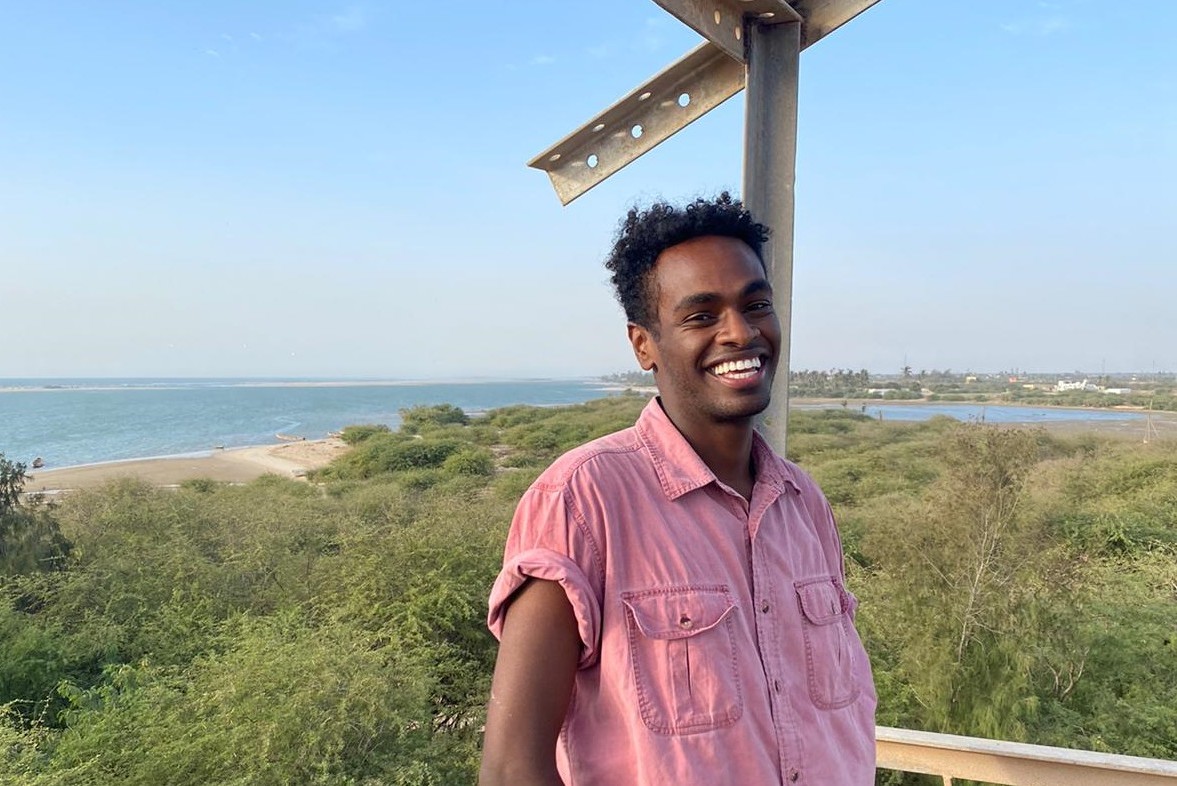
Thomas Habte
Graduate Student in Materials Science and Engineering
Contact: tmhabte@gmail.com
Bio:
Thomas is from Colorado Springs, Colorado and completed his B.S. in Chemistry at the University of Chicago, where he researched nanoparticle synthesis and self-assembled superlattices. He is now pursuing a PhD in Materials Science Engineering at Stanford University. Currently, Thomas is working on theoretical modeling of polymers for water purification. Outside of research, he enjoys hiking, cooking, and travel.
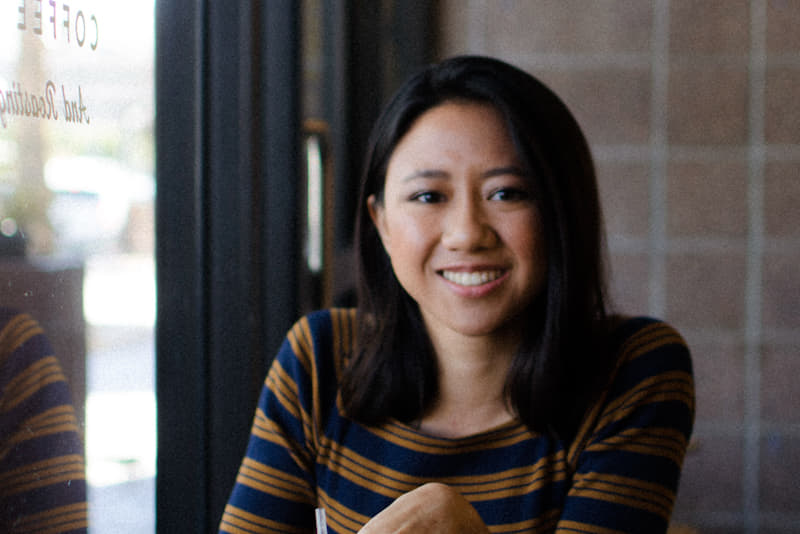
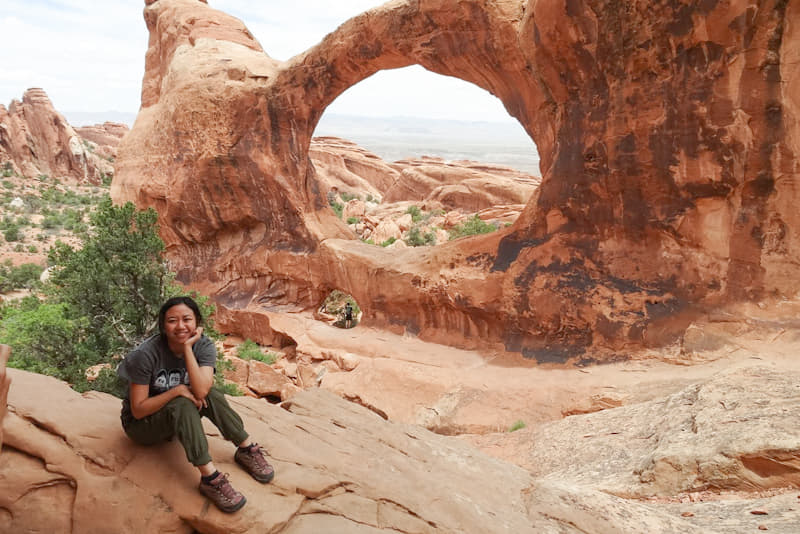
Ariana Tse
Graduate Student in Material Science and Engineering
Contact: aytse@stanford.edu
Bio:
Ariana is from Tempe, AZ, and received her B.S. in Material Science at Arizona State University. She previously conducted research with Dr. Karl Sieradzki on the characterization of nanoporous gold. She is now pursuing a PhD in Material Science at Stanford University. Outside of the lab, Ariana likes hiking, rock climbing, playing guitar, writing poetry, and Latin dance.
Current research:
Throughout her PhD, Ariana will be studying epigenetics and chromatin dynamics to understand how DNA organization affects gene expression. She will be conducting simulations to model chromatin behavior and is developing theoretical models to describe the effects of thermal and active fluctations on polymer dynamics. She hopes to further the understanding of chromatin behavior to advance research in cures for epigenetic diseases. Ariana specifically has interest in understanding how environmental factors cause epigenetic changes in the skin and eyes.
Publications:
A. Y. Tse, E. K. Karasz, and K. Sieradzki. "Dealloying and morphology evolution of ordered and disordered Cu3Au." Scripta Materialia 176 (2020): 112-116.
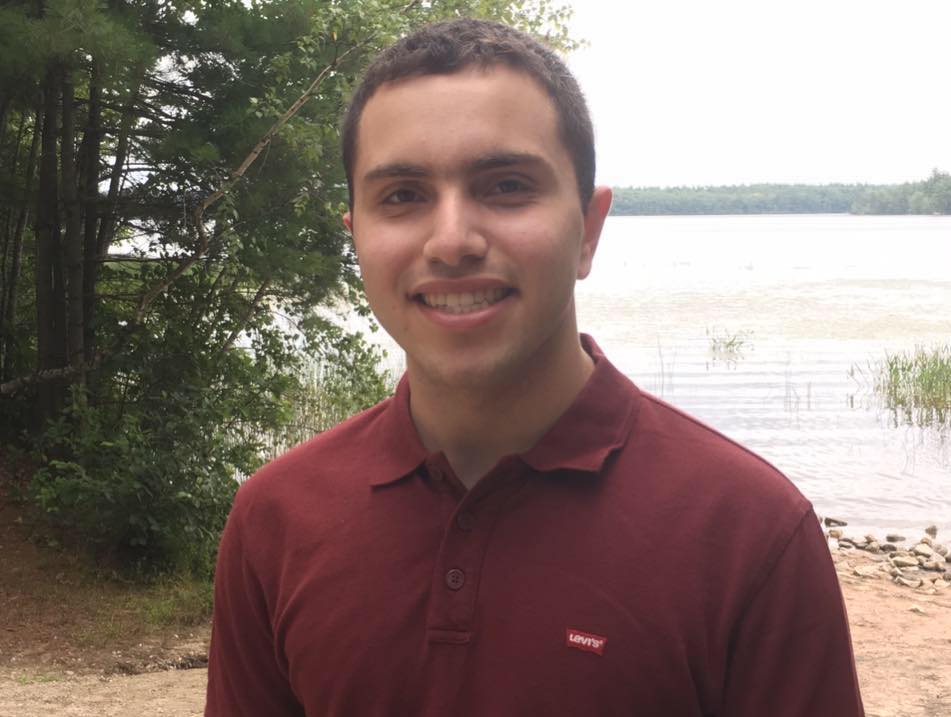
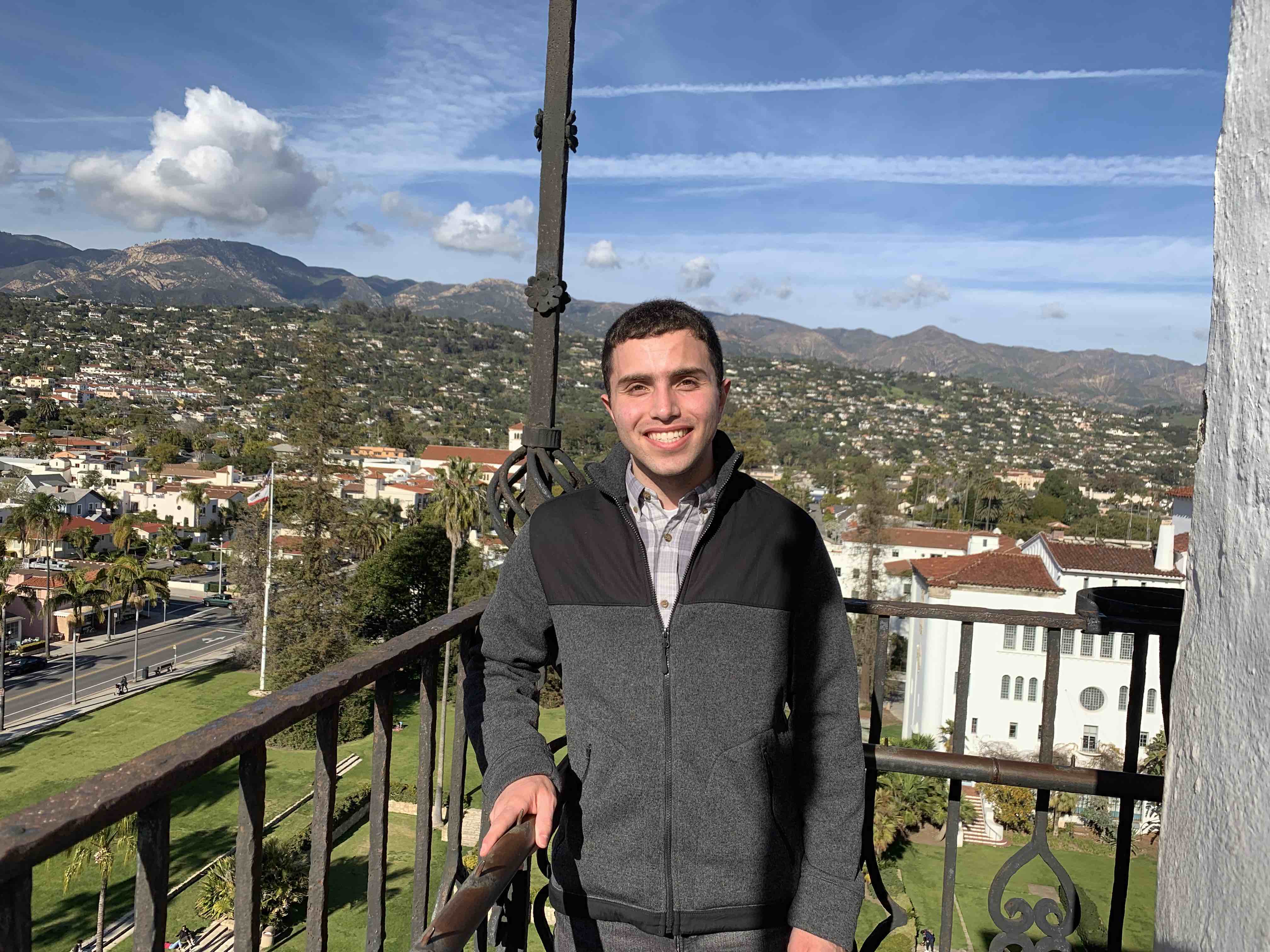
Joseph Wakim
Graduate Student in Chemical Engineering
Contact: jwakim@stanford.edu
Bio:
Joe grew up outside Boston and graduated from UMass Lowell in 2019 with degrees in chemical engineering and mathematics. As an undergrad, Joe supported experimental and computational lab work in academia and industry, at start-up and corporate scales. At Stanford, Joe is involved with first-year graduate student mentoring and visit weekend preparations with the Chemical Engineering Graduate Student Action Committee. In his free time, Joe is an avid tennis player, an aspiring runner, and an overambitious hiker.
Current research:
Joe’s research applies physical chromatin models to understand how epigenetic marks affect DNA organization, thereby regulating gene expression. Specifically, he aims to elucidate how structural stability of the chromosome is affected by histone marks at two sites: H3K9 and H3K27. Under conditions where chromosomal organization breaks down, he will simulate dynamic patterns in epigenetic mark conferral at the boundaries between chromatin compartments. By providing potential mechanisms of chromatin reconfiguration, Joe hopes to inform future research into treatment of epigenetic diseases.
Publications:
Wakim, J. G.; Sandholtz, S. H.; Spakowitz, A. J. "Impact of chromosomal organization on epigenetic drift and domain stability revealed by physics-based simulations," Biophysical Journal 2021, 120 (22), 4932-4943.
Rivnay, B.; Wakim, J.; Avery, K.; Petrochenko, P.; Myung, J. H.; Kozak, D.; Yoon, S.; Landrau, N.; Nivorozhkin, A. Critical Process Parameters in Manufacturing of Liposomal Formulations of Amphotericin B. Int J Pharm 2019, 565, 447–457.
De Jesús Vega, M.; Wakim, J.; Orbey, N.; Barry, C. Numerical Evaluation and Experimental Val-idation of Cross-Flow Microfiltration Device Design. Biomed Microdevices 2019, 21 (1), 21.